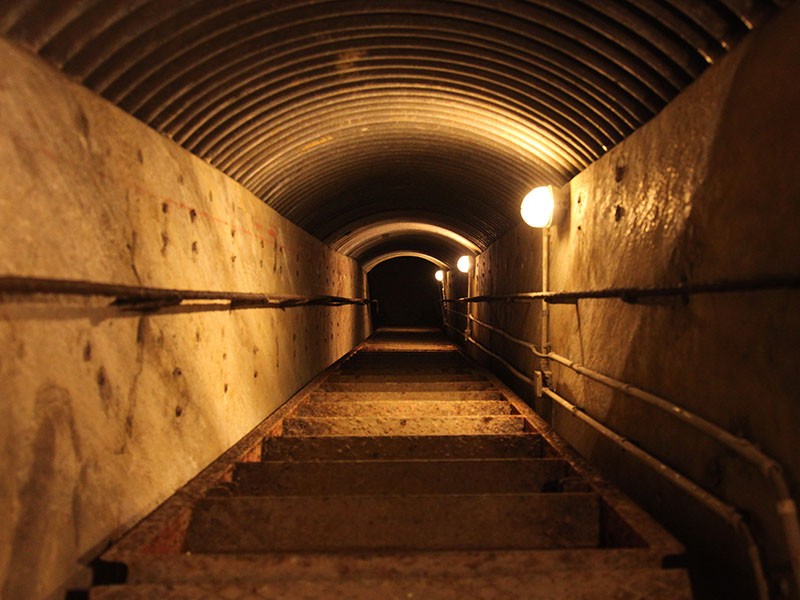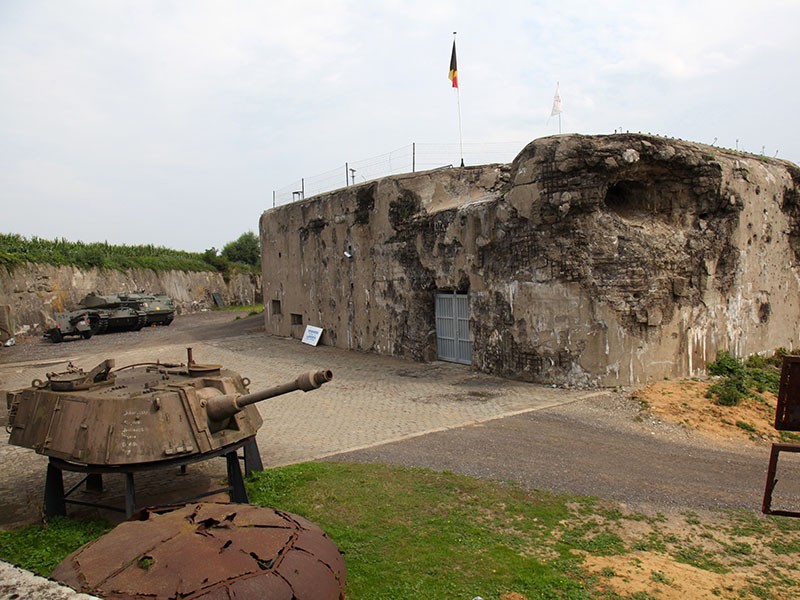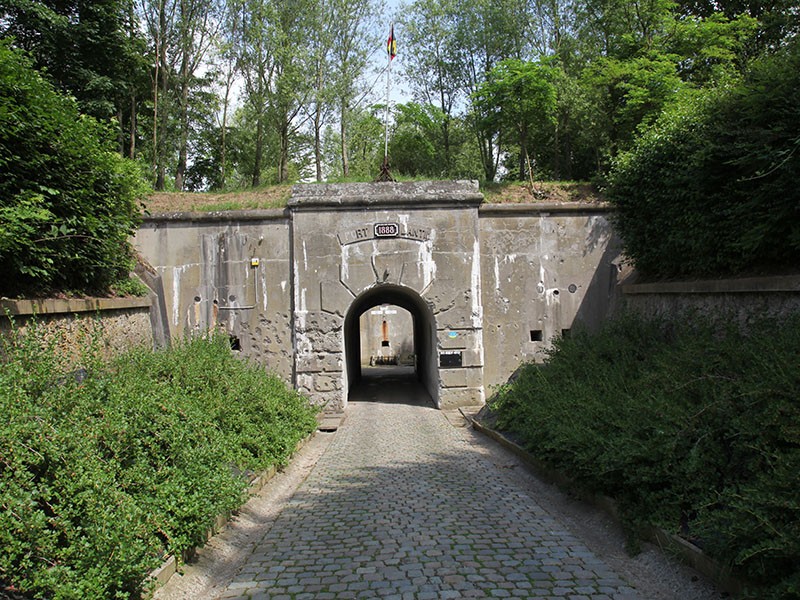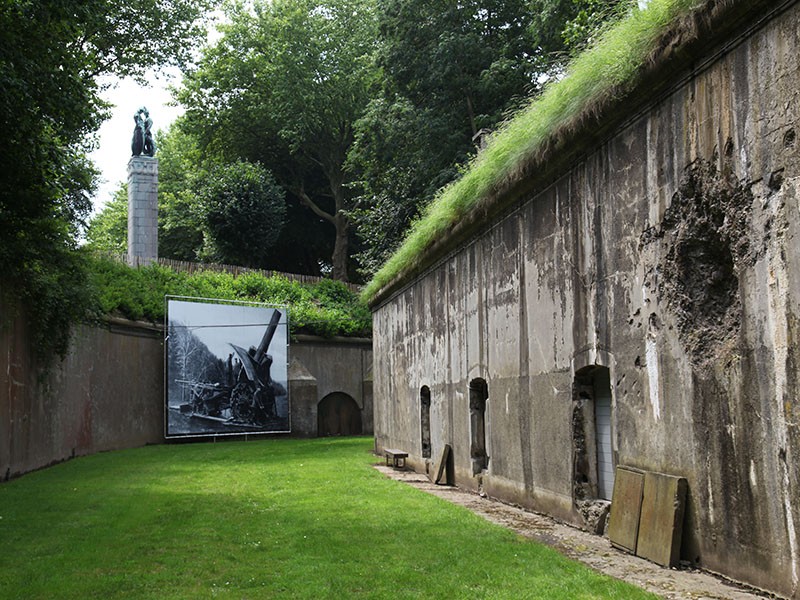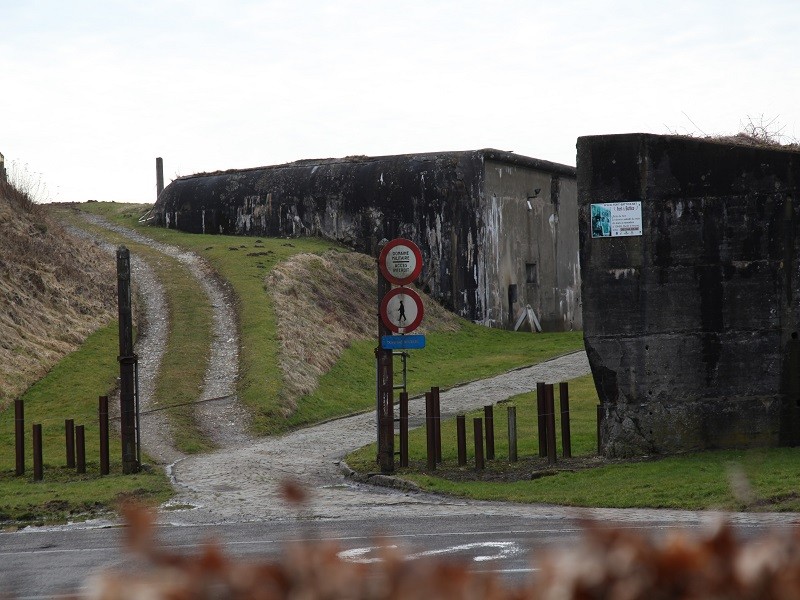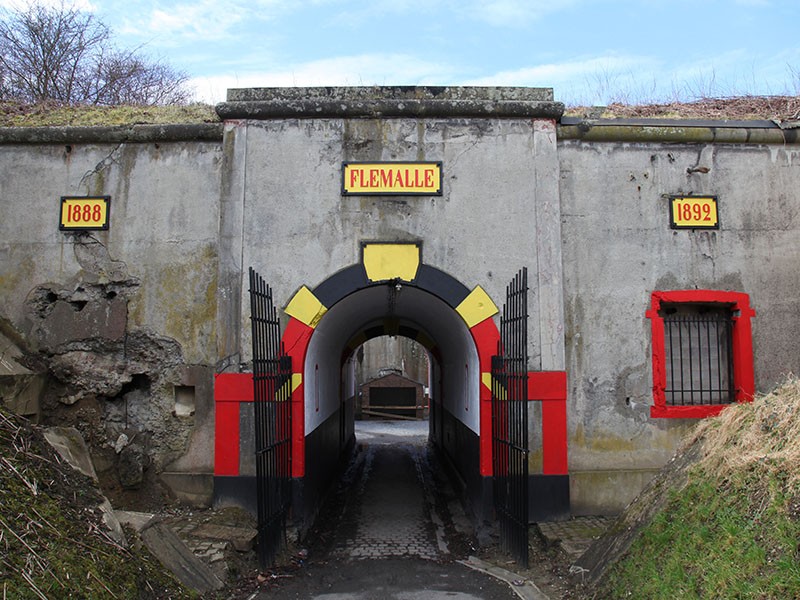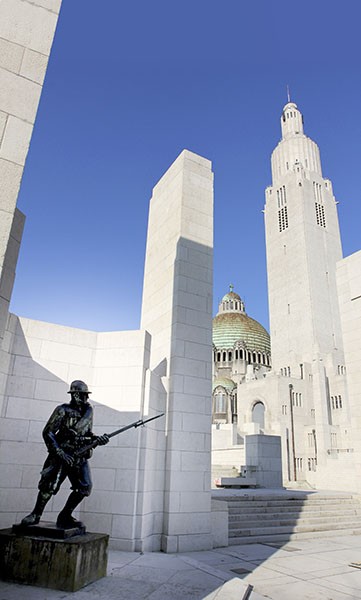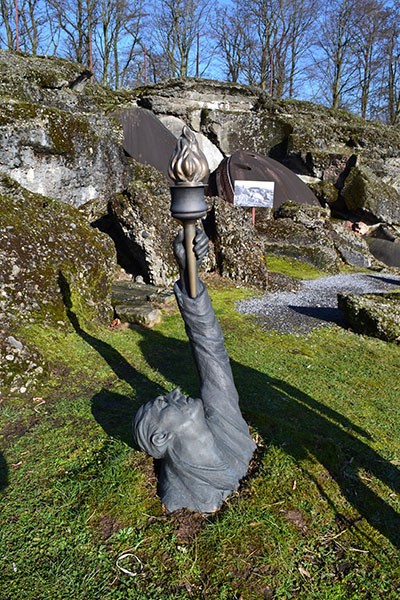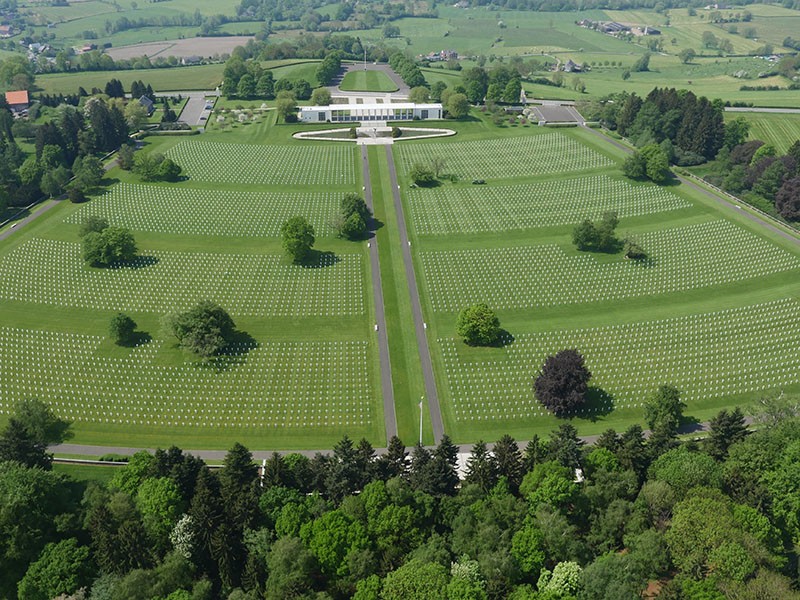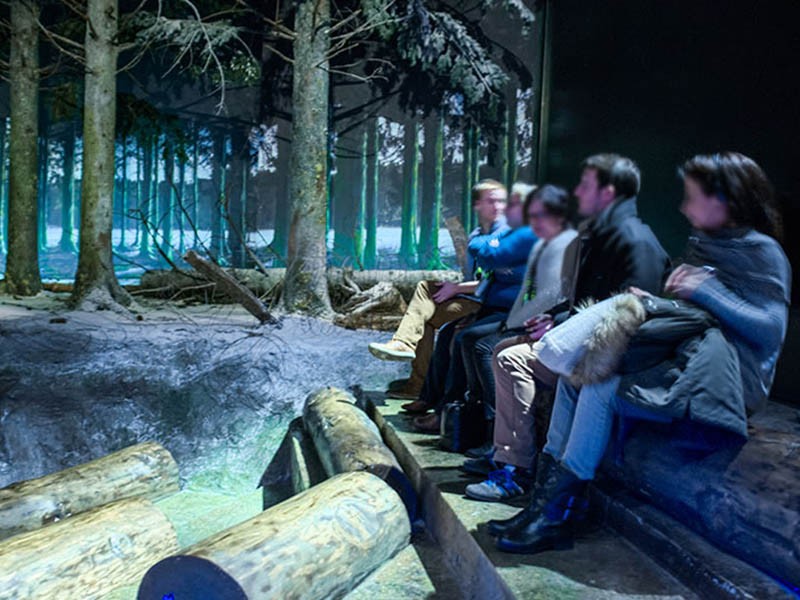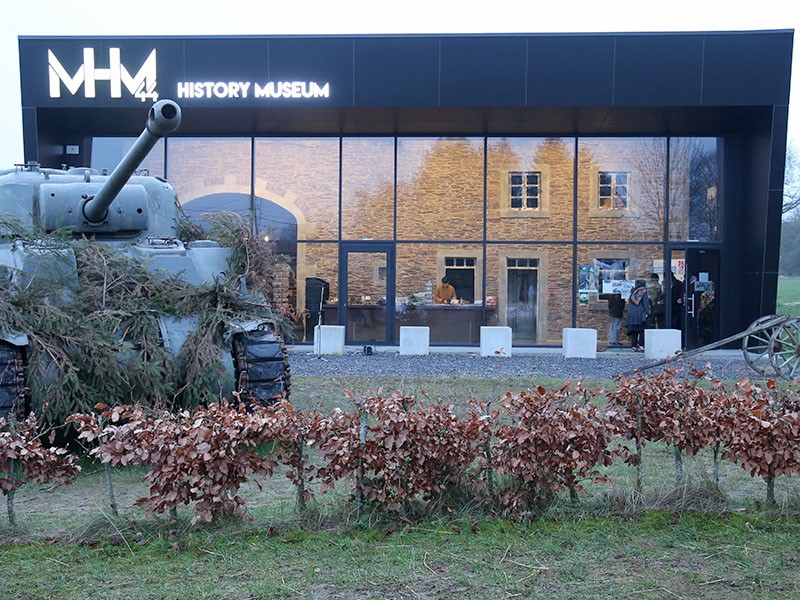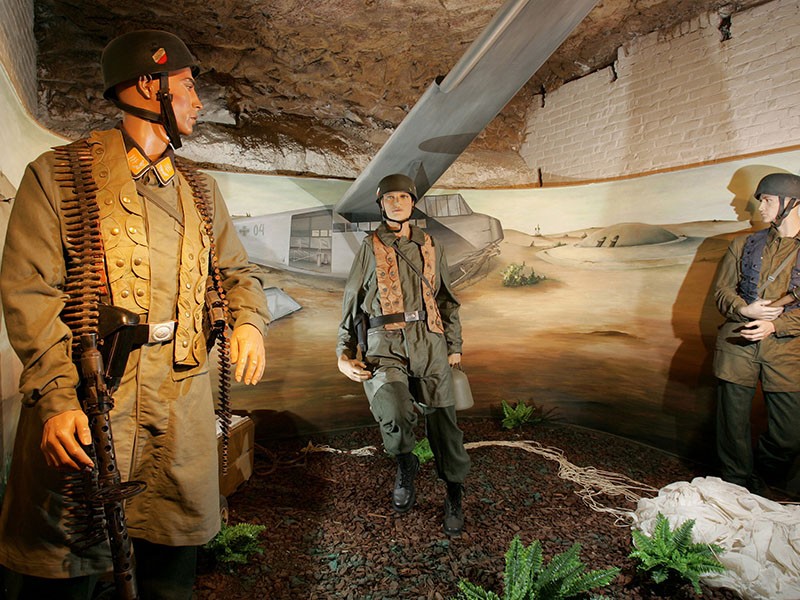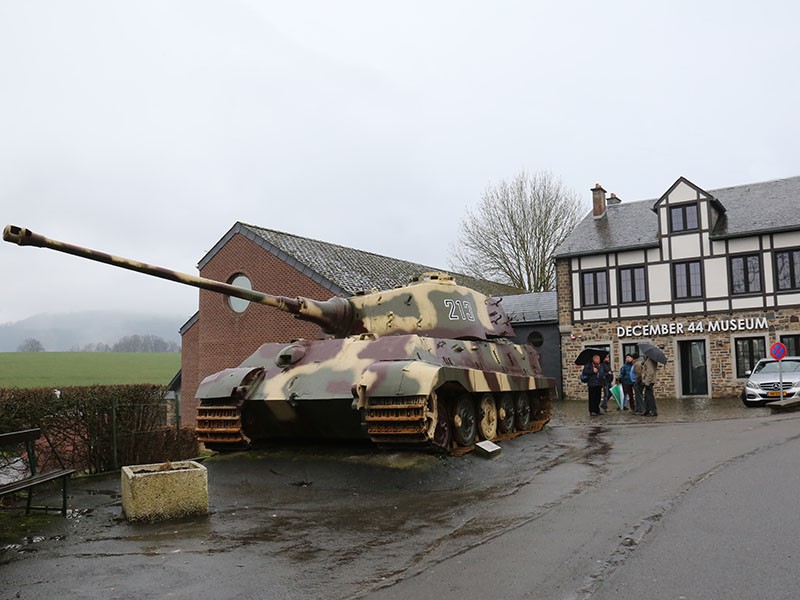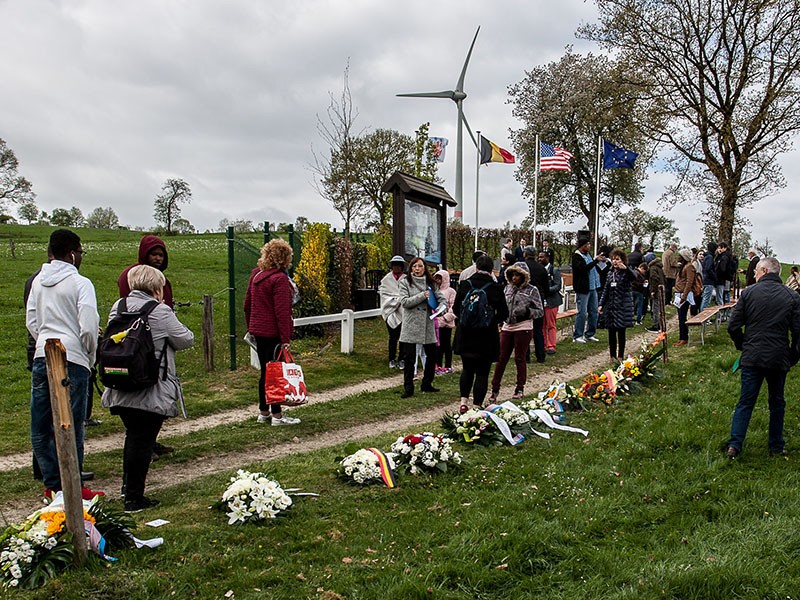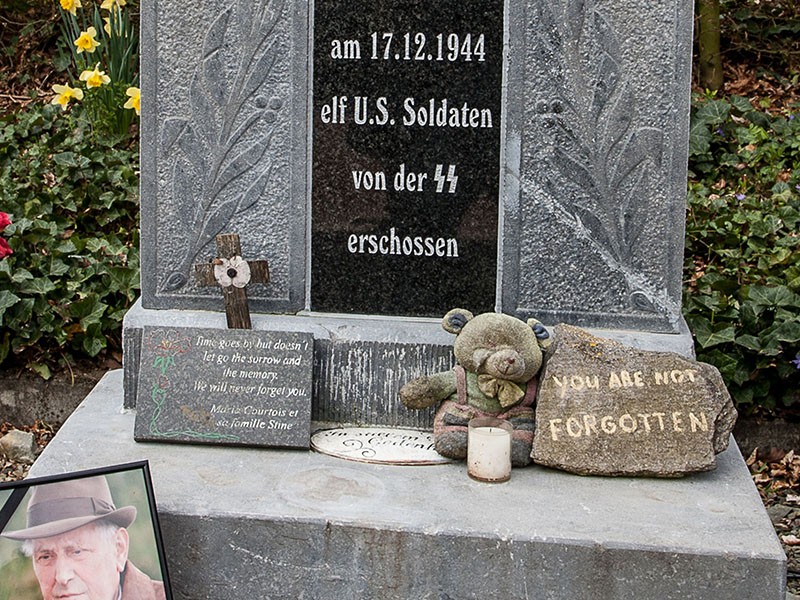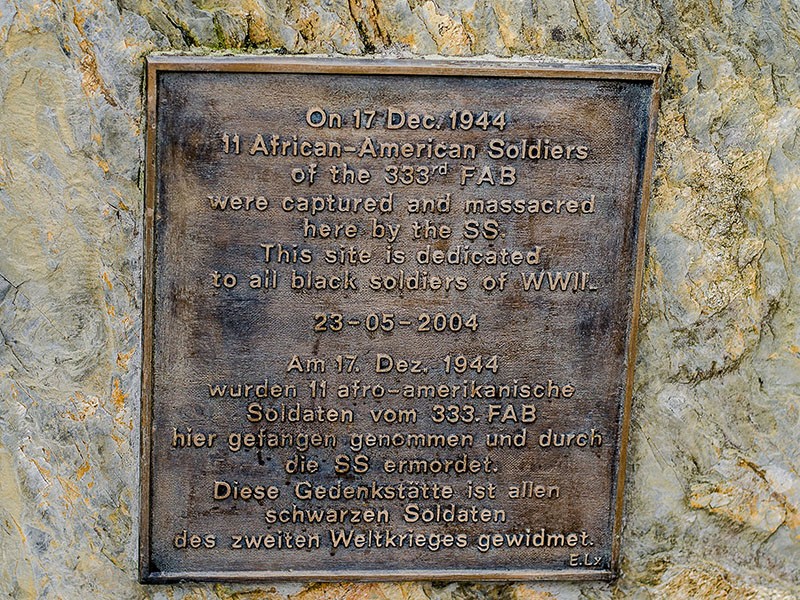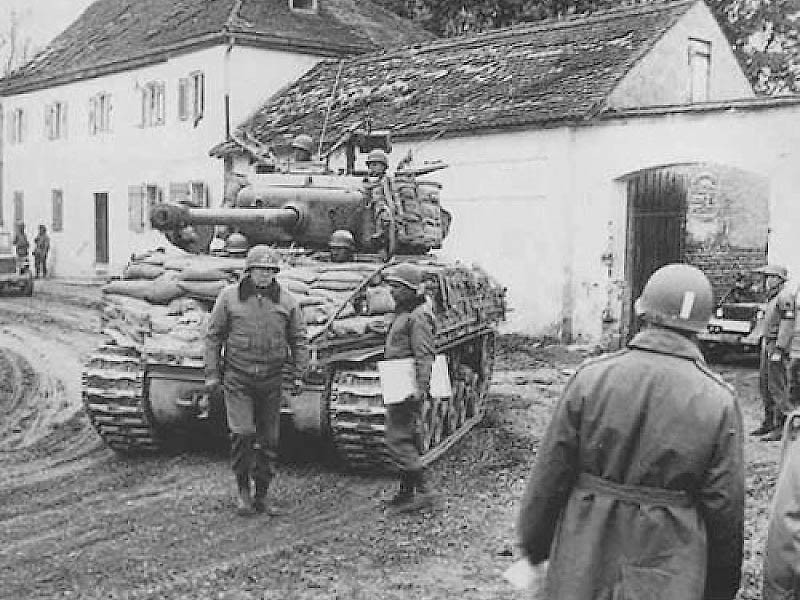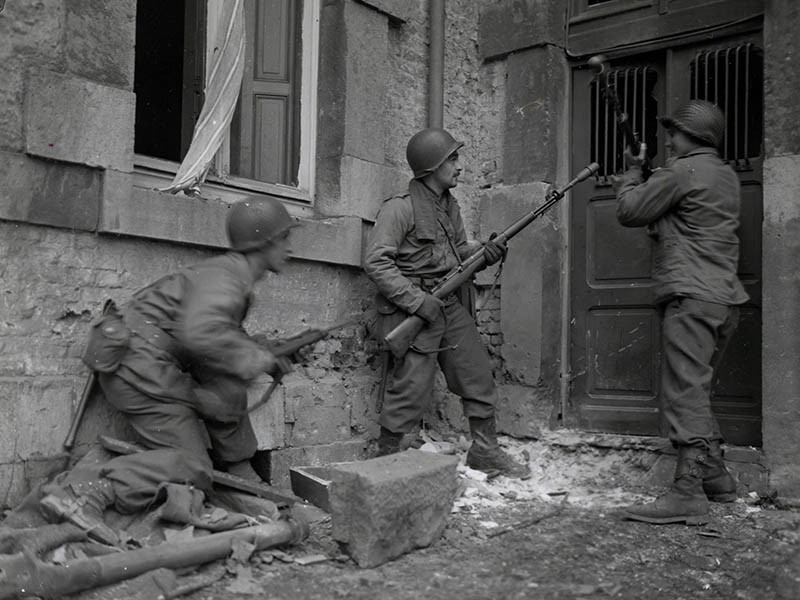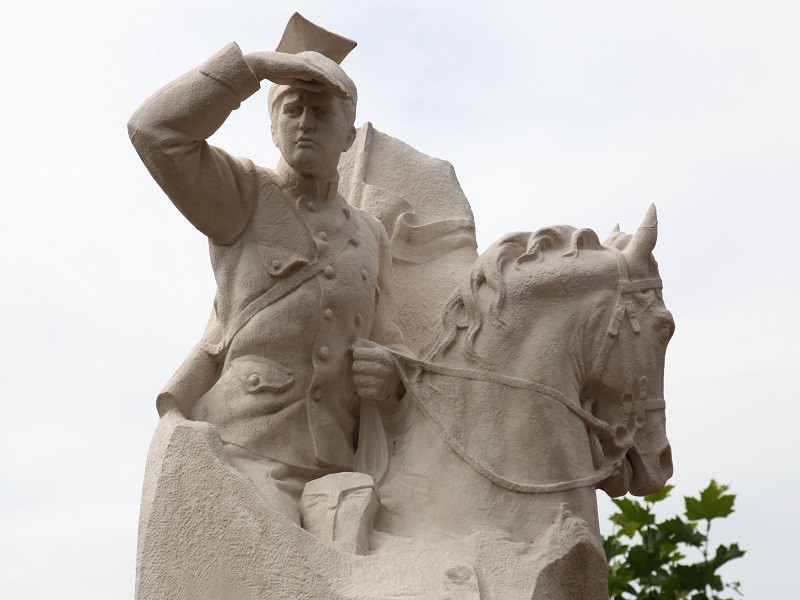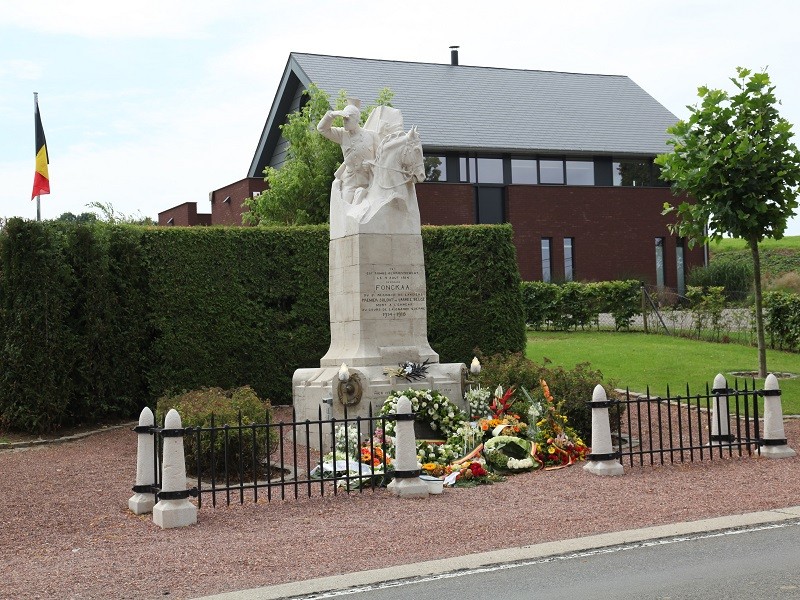Its unique location at the heart of Europe means that Belgium has often found itself in the throes of war…
Belgium
Having gained independence in 1830, the country’s powerful neighbours insisted it remained neutral, in return for guaranteed peace and independence. Thus, in 1870, it remained untouched by the Franco-Prussian war. This neutrality made its rulers over-confident and so they restricted the country’s defensive infrastructure to 12 forts to defend Wallonia, the Meuse, Liège and Namur, built between 1888 and 1891, and avoided reforming its army until it was too late. Thus Belgium was invaded and quickly occupied in 1914 after the Battle of the Frontiers. During the fighting, many civilians were massacred and entire towns and villages were destroyed (Visé, Dinant, Ethe, Latour, Rossignol, etc.). Learning the lesson of 1914, the Belgian government consolidated the defences along its Eastern frontier, building 4 new forts and the Devèze Line, rearming the forts around Liège and creating the Chasseurs Ardennais and Frontier Cyclists regiments. Nevertheless, the Germans invaded again in May 1940 and there was fierce fighting in the Ardennes offensive in the winter of 1944, when the towns of Bastogne, La Roche-en-Ardenne, Houffalize, Manhay, Stavelot, La Gleize, Baugnez and Saint-Vith were written into history and remembrance.
Today, monuments (such as the Allied Memorial in Liège and the Mardasson Memorial in Bastogne), sites (such as the forts of the Liège Fortified Position and Easy Company’s redoubt at Bois Jacques), cemeteries (such as the US war cemetery at Henri-Chapelle, the British war cemetery at Hotton and the German war cemetery at Recogne) and many museums (such as those at Latour, La Gleize, Baugnez, Bastogne, La Roche-en-Ardenne and Manhay) keep alive the flame of memory, so that the experiences of civilians, soldiers in the Battle of the Frontiers, the Blitzkrieg and the Ardennes Offensive are never forgotten.
In these regions, trails and circuits allow you to follow in the footsteps of Patton’s armoured vehicles, to visit the locations of war crimes (including Wereth, Stavelot and Chenogne), reprisals against civilians (including Ethe, Rossignol, Visé and Bande) and bombardments which plunged entire villages into the horrors of war (such as La Roche-en-Ardenne and Houffalize).
Believe us when we tell you that this journey through history will be emotional for you at times. As you look at splendid landscapes and places that time has reshaped, such as the very pretty village of Thimister, where Cavalryman Antoine Fonck, the first soldier to be killed in the First World War, died, you can fully appreciate the benefits of a world at peace.


